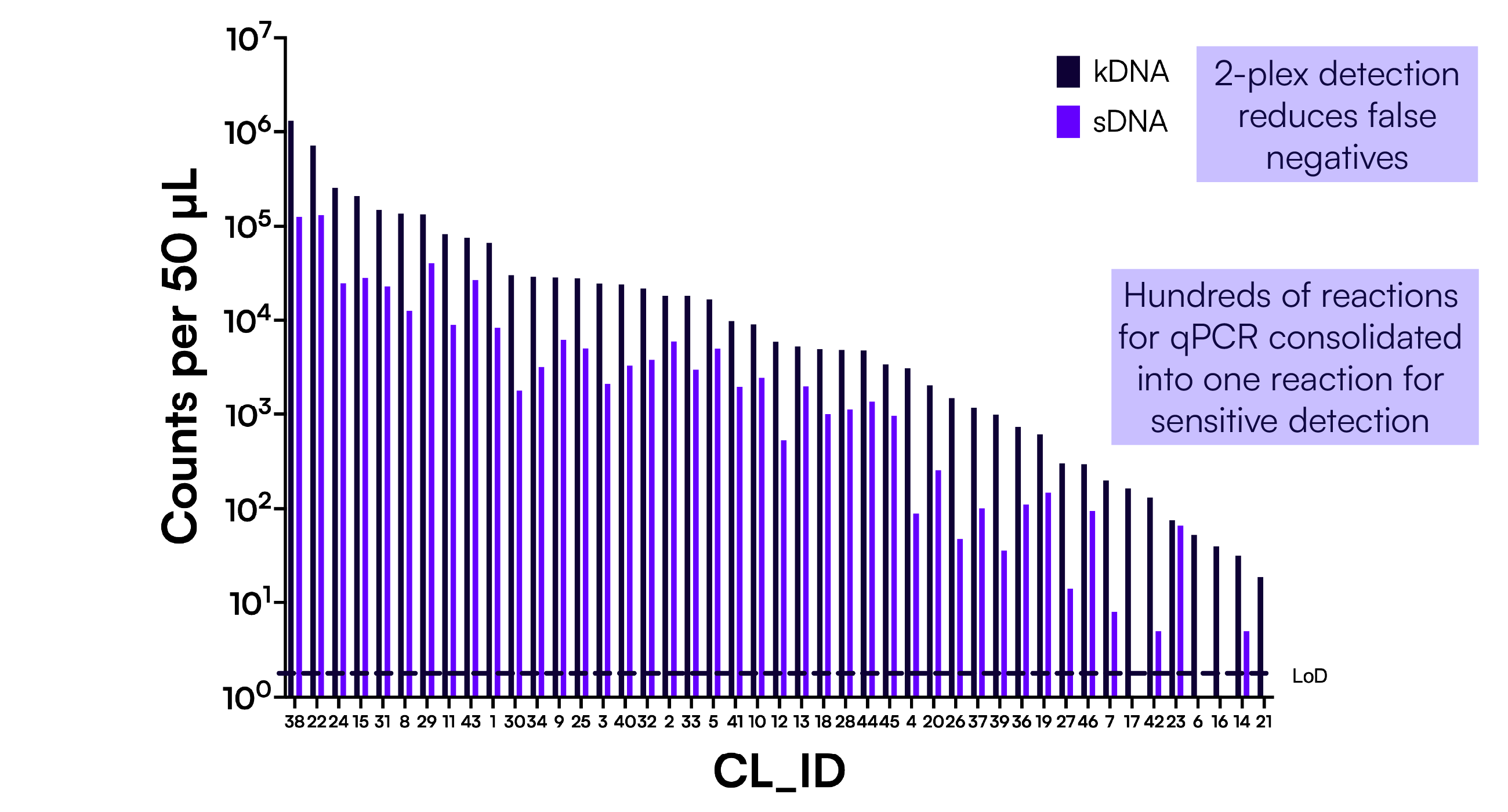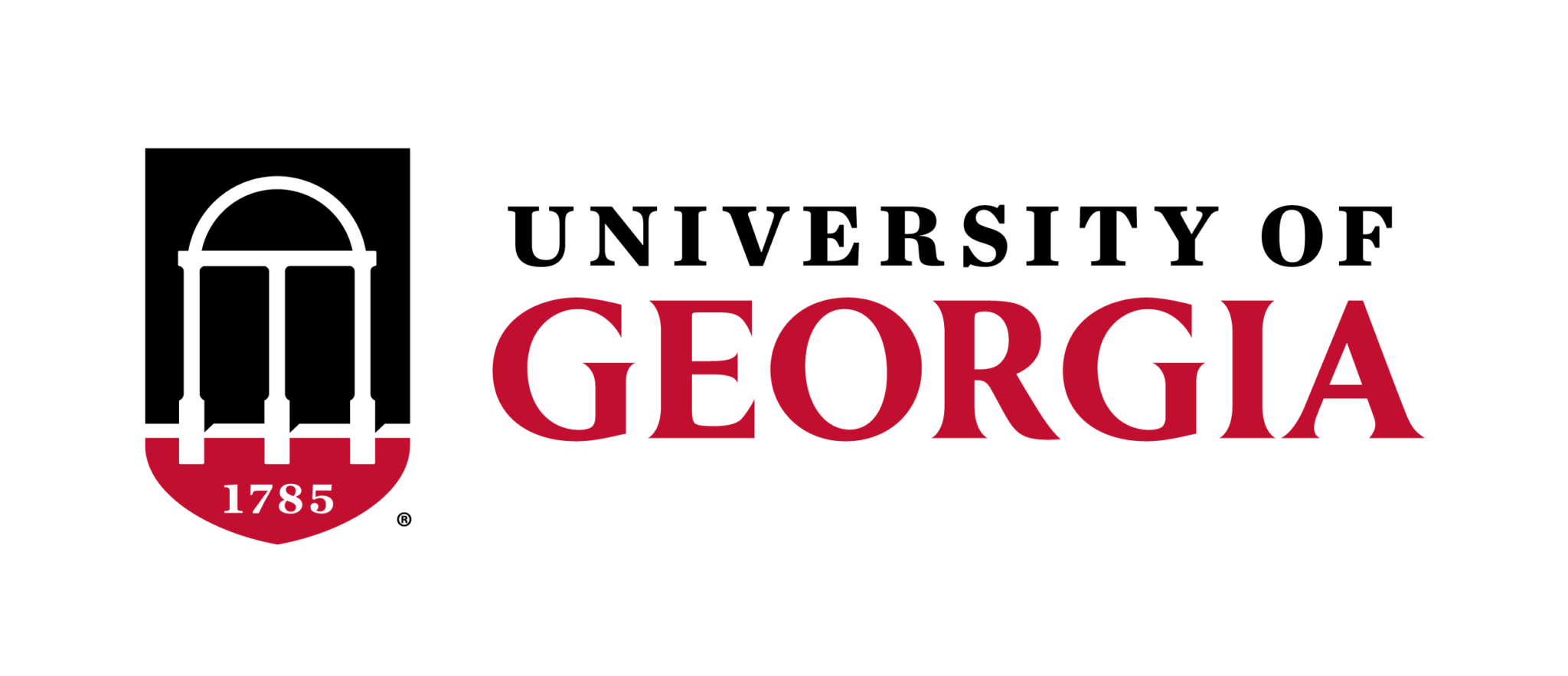Rare Event Detection
Finally quantify rare events with a familiar PCR workflow.
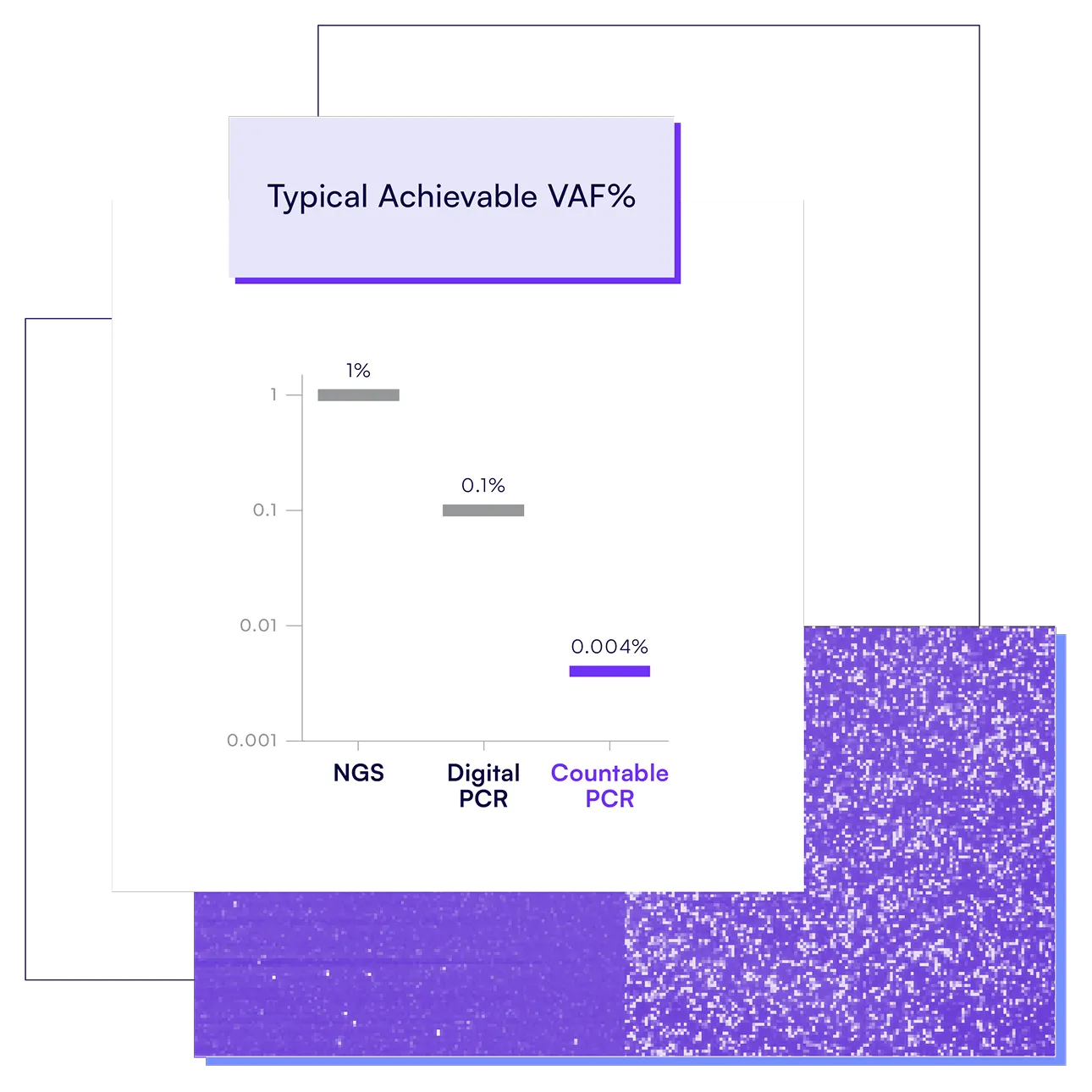
Don’t be limited by other PCR methods
As the field of rare event detection moves forward, researchers need ever more sensitive methods for detecting rare targets among the abundant. With Countable PCR, enjoy a broad dynamic range and unprecedented sensitivity for finding even the rarest targets.
Get the highest sensitivity for your rare event detection.
See down to 0.004% VAF.
Countable PCR analyzes your whole sample volume in one reaction, beating the sensitivity limits of qPCR, digital PCR, and NGS.
Combine high input capacity and a broad dynamic range to finally detect ultra-rare events without splitting samples or setting up multiple runs.
Spot rare events even with limited samples.
Whether you’re working with cfDNA, CSF, or FFPE, Countable’s 50 µL reaction volume and up to 35 µL DNA input gives you deeper sampling and higher recovery from even the most limited inputs.
Enhance your ability to find the rare events among the abundant with high-input Countable PCR experiments.
Compare rare and frequent events at the exact same time.
With a broad dynamic range, it’s now possible to detect both rare and abundant molecules in the same reaction.
Leverage the ability to count rare and common events at the same time with straightforward pre-amplification protocols that give highly sensitive results with low variation.
“It seems pretty clear that the more DNA one can amplify, the greater the chances are for detecting rare templates. Countable PCR gives us that million-fold range in a single reaction — due to the millions of reactions taking place in a tube and the loading capacity.”
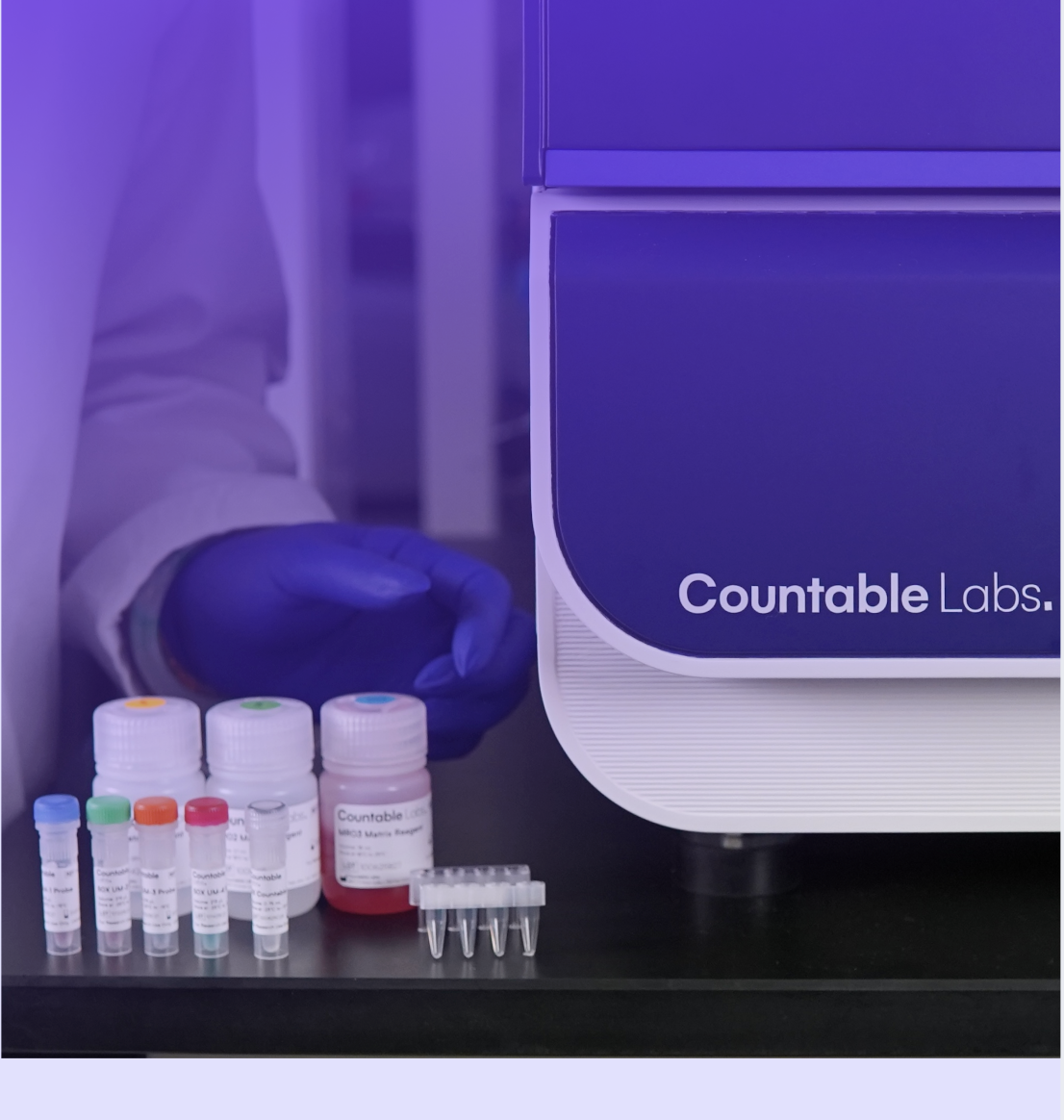

See what others miss with Countable PCR
- Cast a wide net when hunting for rare molecules – load up to 1 µg of DNA
- Don’t lose any sample to dead volume or processing limits
- Load up to 35 µL of sample and analyze it all, no wasting precious samples
- Measure across a 6-log dynamic range and see the rare and common at the same time
- Use pre-amplification protocols without issue thanks to a broad dynamic range
- Work with cfDNA, fine needle biopsy, cerebral spinal fluid, and other samples with difficult-to-assess targets.
- Validate NGS results with statistical confidence
- Probe multiple targets in the same sample – even if they’re present at vastly different frequencies
- Use Universal Multiplexing to create 4-plex assays in days while driving down costs
Rare event detection reaches 0.004% MAF with high mass input

Flexible sample tolerance and broad dynamic range enable flexible assay design like pre-amplification protocols
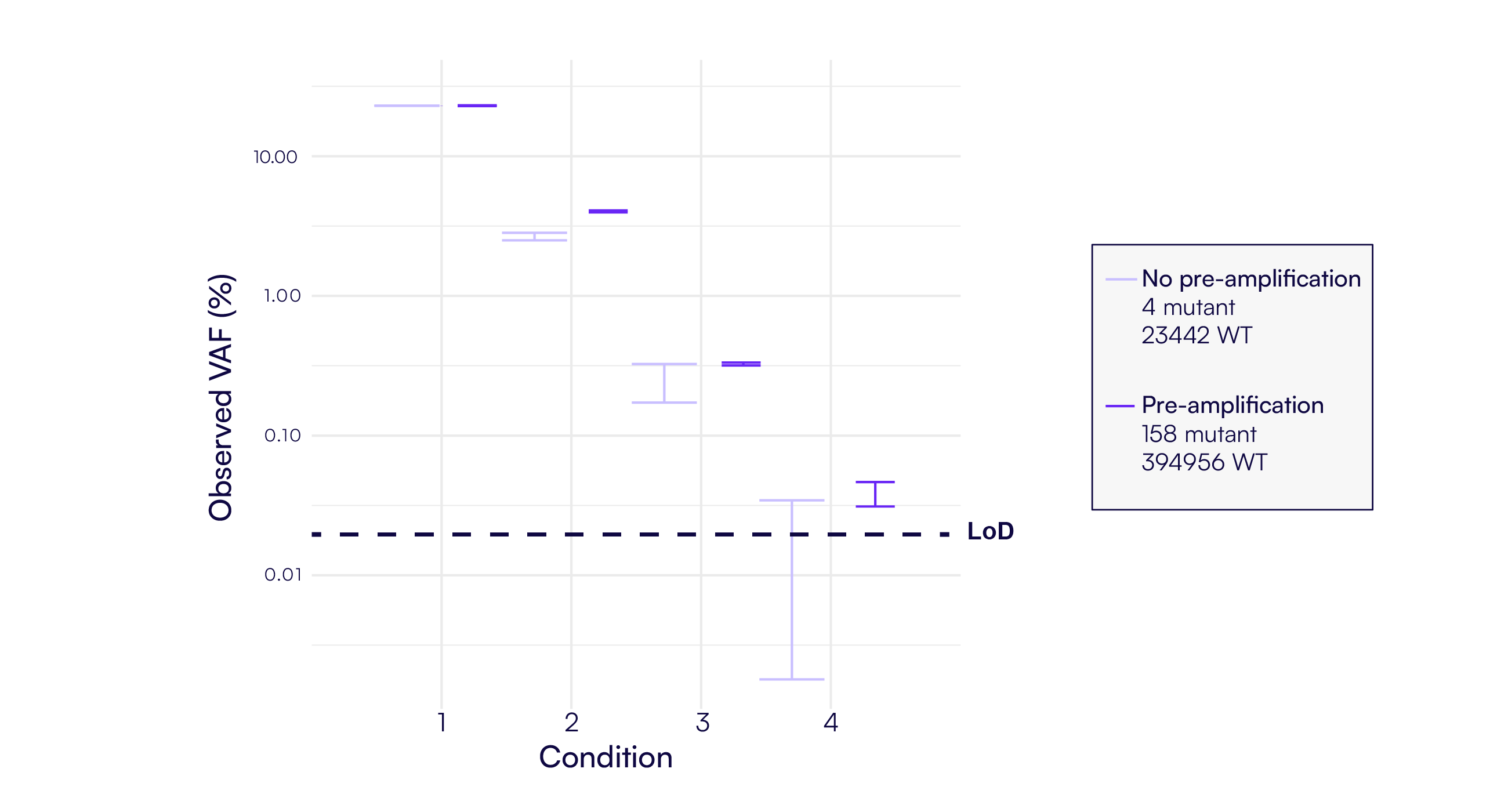
2-plex infectious parasite detection to improve sensitivity and accuracy over qPCR
